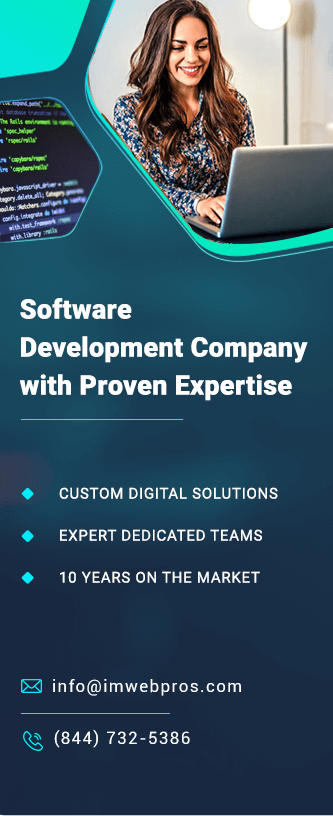What is Lazy Loading and Preloading?
Introduction
As websites become more complex and visually rich, optimizing performance has become a top priority for developers. Two critical techniques in web performance optimization are **lazy loading** and **preloading**. These methods aim to balance faster loading times with enhanced user experience, particularly on resource-heavy websites. In this article, we’ll explore what lazy loading and preloading are, how they work, and when to use them.
What is Lazy Loading?
Lazy loading is a technique where certain assets, such as images, videos, or scripts, are loaded only when they are needed—typically when they come into the user’s viewport. Instead of loading all resources upfront, lazy loading prioritizes essential content while deferring non-essential content, thus reducing initial page load time.
How Lazy Loading Works
Lazy loading uses JavaScript to determine when an element is visible in the viewport. Once detected, the resource is fetched and displayed. For example, an image may use a placeholder or a blurred version until the user scrolls to its position, at which point the full image is loaded.
Benefits of Lazy Loading
- **Faster Initial Load Time:** Reduces the amount of data downloaded during initial page load.
- **Improved Performance:** Frees up browser resources by loading only visible assets.
- **Better User Experience:** Allows users to interact with the site sooner while non-essential assets load in the background.
- **SEO Boost:** Faster page loads can improve search engine rankings.
Common Use Cases
- Images on long-scrolling pages.
- Embedded videos or iframes.
- Third-party scripts and widgets.
- Heavy assets on e-commerce or content-rich websites.
What is Preloading?
Preloading is a technique used to load specific resources in advance so that they are readily available when needed. Unlike lazy loading, preloading fetches resources earlier in the page lifecycle, even before they are required for display.
How Preloading Works
Preloading involves the use of the `` HTML tag or JavaScript to instruct the browser to fetch certain resources ahead of time. For example, preloading can ensure that a hero image, fonts, or critical scripts are ready by the time the user interacts with the page.
Benefits of Preloading
- **Improved Critical Path Loading:** Ensures key resources are ready for immediate use.
- **Enhanced Perceived Performance:** Reduces wait times for interactive elements.
- **Smooth User Experience:** Avoids delays when transitioning between pages or interacting with dynamic content.
Common Use Cases
- Fonts and CSS files for rendering the website’s layout and typography.
- Hero images or above-the-fold content.
- JavaScript files required for critical functionalities.
Lazy Loading vs. Preloading: Key Differences
While both lazy loading and preloading aim to improve web performance, they serve distinct purposes and are applied in different contexts:
| Aspect | Lazy Loading | Preloading |
|---|---|---|
| When Resources Load | When the user interacts with or scrolls to a specific section. | Before the user needs the resources, during the initial page load. |
| Goal | Delay loading non-essential resources to improve initial load time. | Prepare critical resources in advance to reduce delays later. |
| Common Use Cases | Images, videos, and third-party scripts. | Fonts, CSS, and above-the-fold assets. |
Combining Lazy Loading and Preloading
Lazy loading and preloading are not mutually exclusive; in fact, combining them can optimize your website’s performance. For example:
- Use preloading for critical assets like fonts, hero images, and CSS files.
- Implement lazy loading for non-critical assets like below-the-fold images and videos.
By leveraging both techniques strategically, you can balance initial load speed with a seamless user experience.
Conclusion
Understanding lazy loading and preloading is essential for web developers and business owners looking to optimize their website performance. Lazy loading minimizes initial load times by deferring non-essential resources, while preloading ensures critical assets are available exactly when needed.
By incorporating these techniques, you can create a faster, more responsive website that improves user satisfaction, boosts SEO, and drives better engagement. Take advantage of these strategies to stay ahead in the ever-evolving digital landscape!









